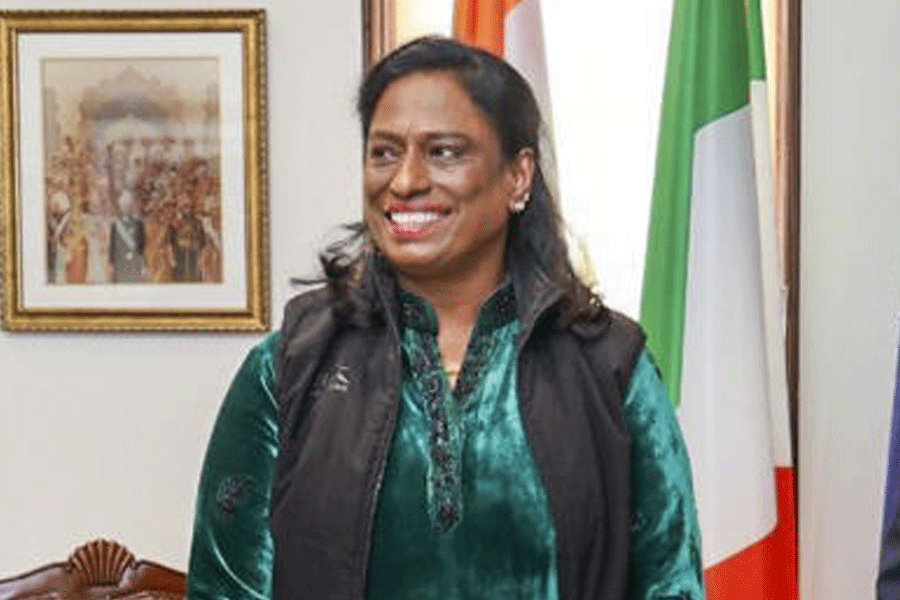Cyclone Amphan has turned the lives of many in villages of East Midnapore upside down and when such catastrophe strikes, the response has always been the same: they paint.
The patuas of East Midnapore have been producing patachitras and pater gaan on Amphan. Jharna Chitrakar from Habichak village in the Chandipur police station area has made a 10ft scroll describing the devastation caused by the cyclone.
Her colourful patachitra has several sequences, beginning with the government announcing the arrival of the cyclone and ending with the relief reaching the village.
The patachitra is accompanied by a song as Jharna unfurls the scroll. As she progresses through her song, she points to the relevant sequences that represent her lyrics. There are scenes of devastation, of fallen trees, of frightened animals and birds, of houses without roofs, and of people fleeing the cyclone.
Jharna, along with fellow villagers and neighbours from Nandigram, Khejuri, Bhagabanpur and Nandakumar, have borne the wrath of Amphan amidst the lockdown. And now they are busy painting “a never before experience”.
Jharna’s song talks of helplessness before nature’s fury and how the elderly in the village say “it’s better to die than go through this suffering”. While the story is grim, the patachitra is vibrant with colours, sequentially depicting the arrival of the cyclone and what it left behind.
Traditionally, patachitras from Bengal have depicted religious, mythological and social stories. But today, the patuas of Bengal are drawn to contemporary events and that get reflected in their works. Before Amphan, patuas focused on the pandemic and the lockdown.
In East Midnapore, apart from Jharna, other patuas, too, have been working on Amphan patachitras.
A pata, generally 10-12ft long, requires 10-12 days of work. “We are all working on Amphan; we are still to complete our scrolls,” Nuruddin Chitrakar said over the phone.
His wife Kalpana and he are national awardees. Kalpana had won the President’s medal for her pata on adivasis, while Nuruddin received a National Merit in 2017 for his pata on Krishna Leela.
“Earlier, we used to visit neighbouring villages in groups of five, singing and showing our scrolls and earn some money. But now we go to fairs and are invited to perform in shows. Before the lockdown, we used to get regular calls to perform and show our craft at various government-sponsored fairs and we used to earn a decent sum. Now, all shows have stopped. We really don’t know how we will earn a living,” Nuruddin said.
But people like Jharna, Kalpana and Nuruddin don’t stop. They have made patachitras on the novel coronavirus, showing how it originated in China and then travelled all over the world and reached India. “We have received calls from people in Delhi and Mumbai asking us to paint... they have promised to buy the patas,” Nuruddin said.











